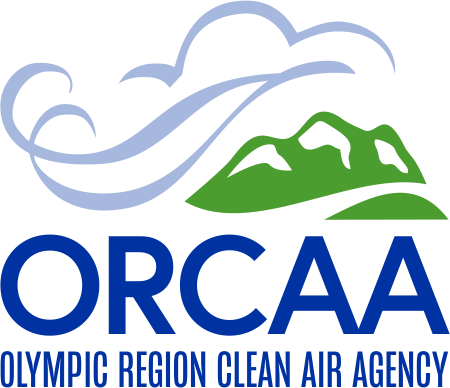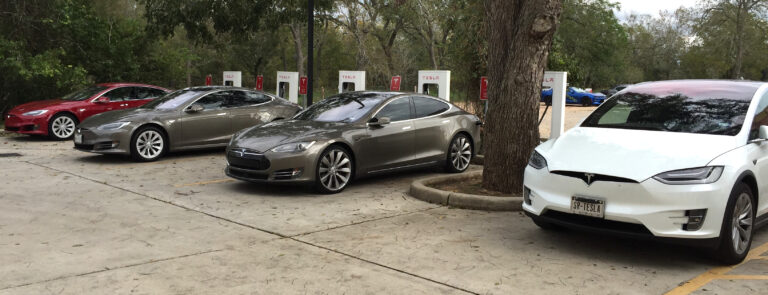While residents of western Washington cope with the worst heat event in the region’s history, that extreme weather created another problem for our communities: Elevated ozone and other air pollution levels.
In addition to elevated ozone levels, another pollutant called Biogenic Secondary Organic Aerosol (SAO) has shown up as elevated fine particulate matter (PM2.5) pollution on ORCAA’s air quality monitors. These pollutants have pushed parts of ORCAA’s six-county jurisdiction into Moderate and even Unhealthy for Sensitive Groups (USG) in some cases.
Under these conditions, anyone with breathing difficulties, or existing cardiovascular issues should stay indoors when possible and take additional precautions as warranted. Anyone experiencing breathing difficulties should consult with their health care providers.
ORCAA’s air quality monitoring network can be viewed here: https://www.www.orcaa.org/air-quality/current-air-quality/
For more information on the formation of Ozone and SAO, visit https://wasmoke.blogspot.com/2021/06/it-isnt-wildfire-smoke-in-western-wa.html
What is Ozone?
Ozone can be found in two locations – in the Earth’s upper atmosphere where it protects us from UV radiation. That same ozone at the Earth’s surface is referred to as ground-level ozone. It is a harmful air pollutant that poses a risk to human, animal, and plant life.
Ground-level ozone is formed by a photo-chemical reaction between nitrogen oxides (NOx) and volatile organic compounds (VOCs) in the presence of sunlight and heat. Ozone is only a concern during the hot, summer months when levels can pose a health concern.
The components of Ozone come from many sources including motor vehicles, industrial solvents, gasoline refueling, gasoline-powered yard equipment, auto body paint shops, and consumer products such as charcoal lighter fluid, paints, etc.

